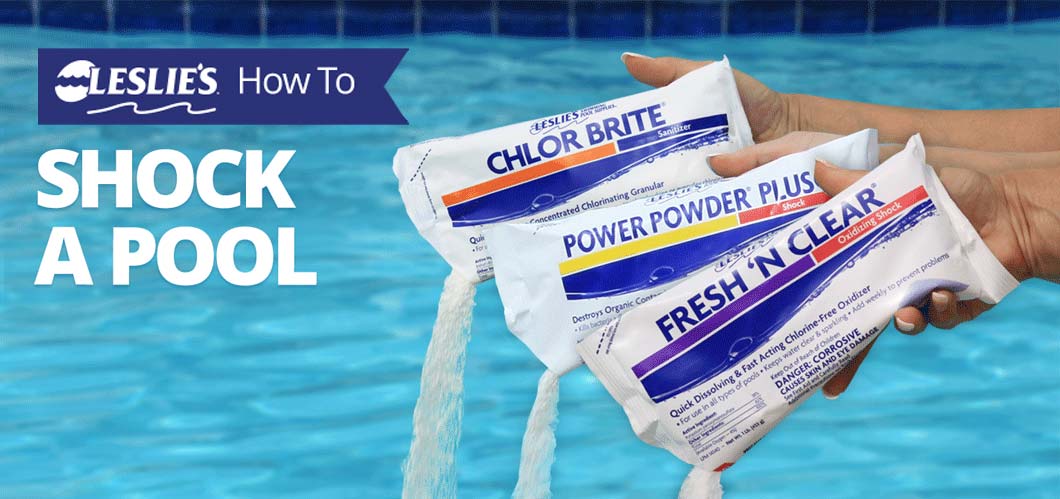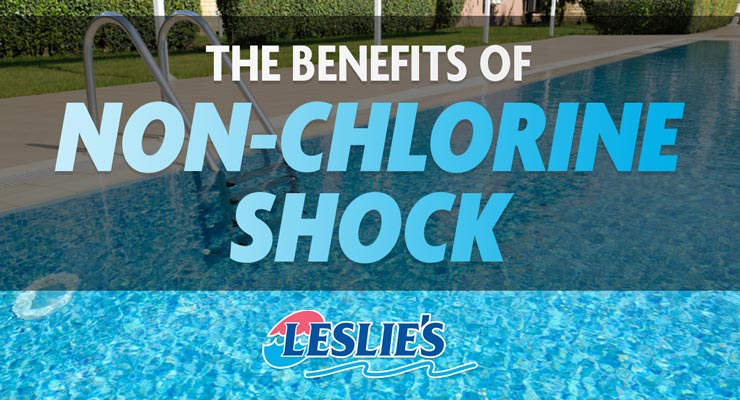free chlorine low after shocking pool
The easiest way to check your chlorine levels is with test strips. If your total chlorine level is high you will use a non-chlorine shock.
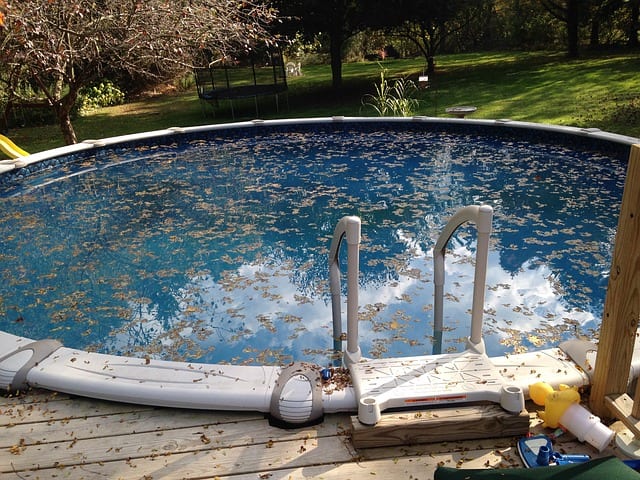
7 Causes Of Chlorine Loss In Swimming Pools How To Prevent It
As a rule you will need to raise free chlorine to 10 times your combined chlorine to hit what is known as break point Therefore it is good to deal with combined chlorine while it is still small.

. Contamination low pH or low chlorine stabiliser levels could cause this situation. Another viable opportunity to shock a pool is right after there has been a. Free Chlorine This is actually the one that works in sanitizing the pool.
Its the active chlorine that kills bacteria algae and other harmful things around the pool. Just keep in mind that this type of chlorine pool shock contains CYA which will increase the residual CYA level over time. You test after Sundown and again before sunrise to find out.
Make sure the pool water is at its normal level. Our shock procedure is sustained until all those criteria you read about are met. The water might appear cloudy the pool walls be slimy or the pool may look relatively OK.
Run the pool filter for 8 hours 24 hours for a cloudy pool. Di-Chlor also will not cloud the pool water. To effectively shock the pool you must quickly raise the free chlorine concentration to 10 ppm or more and you do this the same way as you would in a conventional.
That means that oxidation levels have increased to a point where chlorine is being consumed faster than it can be put in to the water by either shocking or normal applications. Another method of breaking chlorine lock is shocking your pool. If you still find it difficult to do the calculation simply raise the free chlorine to 10 ppm and allow it.
To fix the problem the goal is to reach a point called breakpoint chlorination. Like organics in the pool. Heres a quick crash course when it comes to pool shock.
If it is low you will use a chlorinated shock. As a rule you will need to raise free chlorine to 10 times your combined chlorine to hit what is known as break point Therefore it is good to deal with combined chlorine while it is still small. Before you can fix maintain or.
Chlorine-Free - Chlorine-free pool shock is great for quickly oxidizing contaminants but will not kills germs or. If the combined chlorine is 07 ppm you should raise the free chlorine to about 7 ppm. At this level there is enough free chlorine in the water to neutralize all the chloramines in the water.
What Is Pool Shock. Generally after shocking your pool you should wait to swim at least 8-12 hours until chlorine levels come back to normal 1-3ppm. I have a 18 foot round pool and I seem to be having chlorine demand I test the water and I get no chlorine reading I took a sample to a local pool store and they said my total chlorine was at around a 3 and my free was at 0 my ph and alkalinity reading are fine my cya is a little high at 80 but it read that last year and didnt have this problem I added powder chlorine.
However ideal free chlorine levels are dependent on cyanuric acid levels. Make sure your pools pH is between 7276 and its alkalinity is between 80120 ppm. The following simple steps should be performed when a pool has been shocked but the chlorine level never rises.
InTheSwim recommends 20 to 3. 0 ppm for a stabilized pool. We recommend using a non-chlorine oxidizing shock until your free and total chlorine reads the same.
The word free refers to the purity of the chlorine itself which hasnt been combined with the contaminants. The process needs about five to six hours to complete. Therefore you should let it run overnight.
Next add a pool conditioner until reaching the ideal range 30-50PPM. Your pool isnt sanitised. Things that cause low free chlorine levels are excessive sunlight high bather loads and improper water chemistry.
Or when the chlorine level doesnt remain stable for more than a couple of days. Shock your pool when the Free Chlorine FC is low and Combined Chlorine CC is high to raise the FC level to at least 10 ppm. Free chlorine is the most important type of chlorine to monitor because it is responsible for actively sanitizing your pool.
The Pool and Hot Tub Alliance recommends keeping free chlorine levels between 20 and 40 parts per million ppm. Luckily we can help you fix that. For instance if your pH level is above 76 then youve wasted half of the chlorine.
Aside from knowing your total chlorine free chlorine number of gallons in the pool and the weight of a gallon of water 834 lbs you will also need to know the type of pool shock you are using. Chlorine is THE chemical that is in charge of keeping your pool safe to swim in by killing nasty algae and bacteria which in turn helps every other pool chemical do their job properly. Most chlorinators have a super-chlorinating setting but using this setting wont add enough chlorine quickly enough to kill algae or clear severely clouded water and it isnt a substitute for shocking the pool.
If your total chlorine level is high you will use a non-chlorine shock. Shocking depletes combined chlorine and increases free chlorine. Not having enough chlorine in your swimming pool will also cause the little bit of chlorine thats in there to be used up faster too.
Thats why its best to use a low pH range somewhere between 72 and 74 when shocking your pool. Pool shock is a super dose of granular pool chlorine that oxidizes chloramines combined chlorine and kills bacteria in the water. Even acid rain and other biomatter getting into your pool will cause free chlorine levels to drop.
Shock Your Pool. We typically see more pools with a high demand for chlorine during spring opening season. Di-Chlor - Dichloro-S-Triazinetrione pool shock is a fast dissolving solution and will not raise the pH level.
Not all day over the course of 24 hours. You cannot shock a pool now and then. Bring your chlorine levels to 20ppm or three times higher than the current levels.
High levels of the wrong chemicals can cause water to turn cloudy or milky after shock. Middle ear infections and a green or cloudy pool is on the horizon. You can follow the calculation here to determine the amount of shock you should add to your pool.
Best Time To Shock A Pool To Raise Free Chlorine. Combined Chlorine As the name suggests this type of chlorine has been combined with. The over night loss of 10 is to see if something besides the Sun is getting your free chlorine.
If the waters free chlorine level is too low and its combined chlorine level is too high your pool isnt as clean as it should be. If it is low you will use a chlorinated shock. The Pool and Hot Tub Alliance recommends keeping free chlorine levels between 20 and 40 parts per million ppm.
If your chlorine levels are low a chlorinated shock is required. This is one of the few times that having a high chlorine level is a good thing. First you will need to test your cyanuric acid level.
The general recommendation is to use 1 pound of cal hypo shock for every 10000 gallons of pool water and 10 ounces of sodium hypo with around 125 chlorine to sanitize your pool. Then add a Shock Oxidizer to break up the Combined Chlorine. The reason is most of the people dont use the pool at this period.
Evening or night is the best time to shock the pool. Before attempting this method the pH needs to be between 72-74.
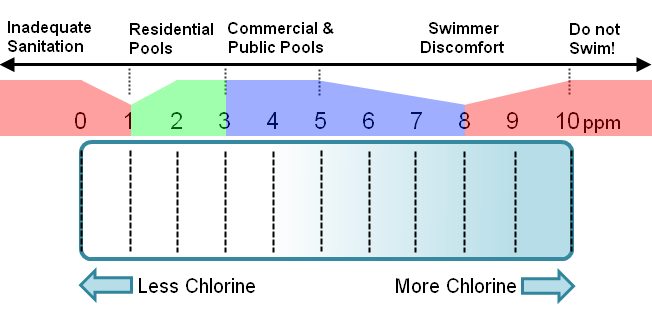
Raising Swimming Pool Chlorine
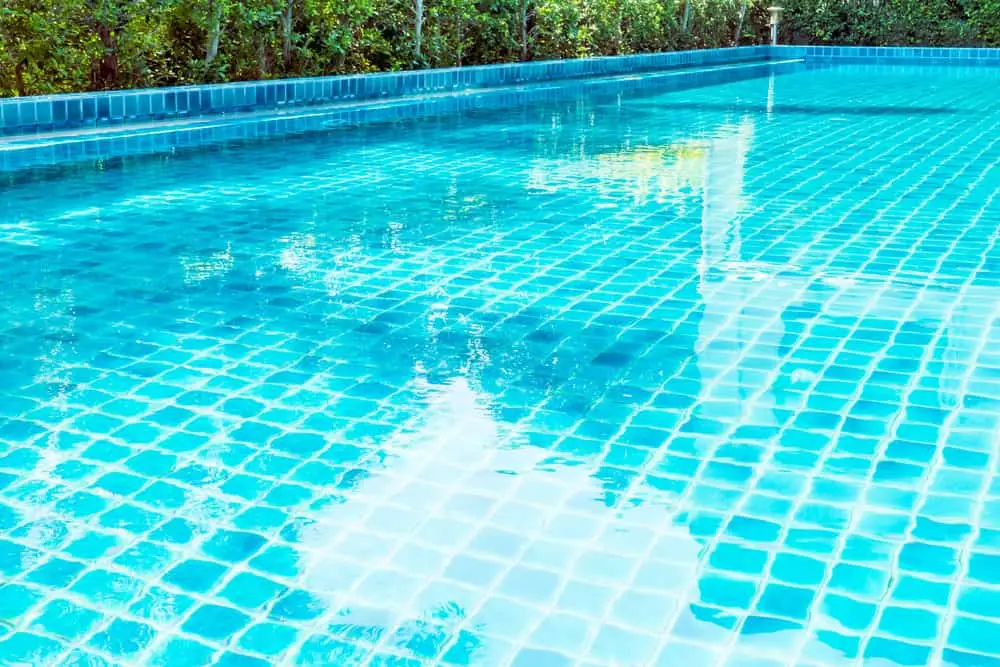
Here S How To Break Chlorine Lock In Your Pool Fast

How To Reduce Pool Or Spa Chlorine Levels Intheswim Pool Blog
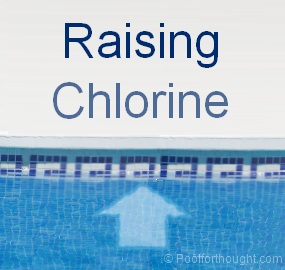
Raising Swimming Pool Chlorine
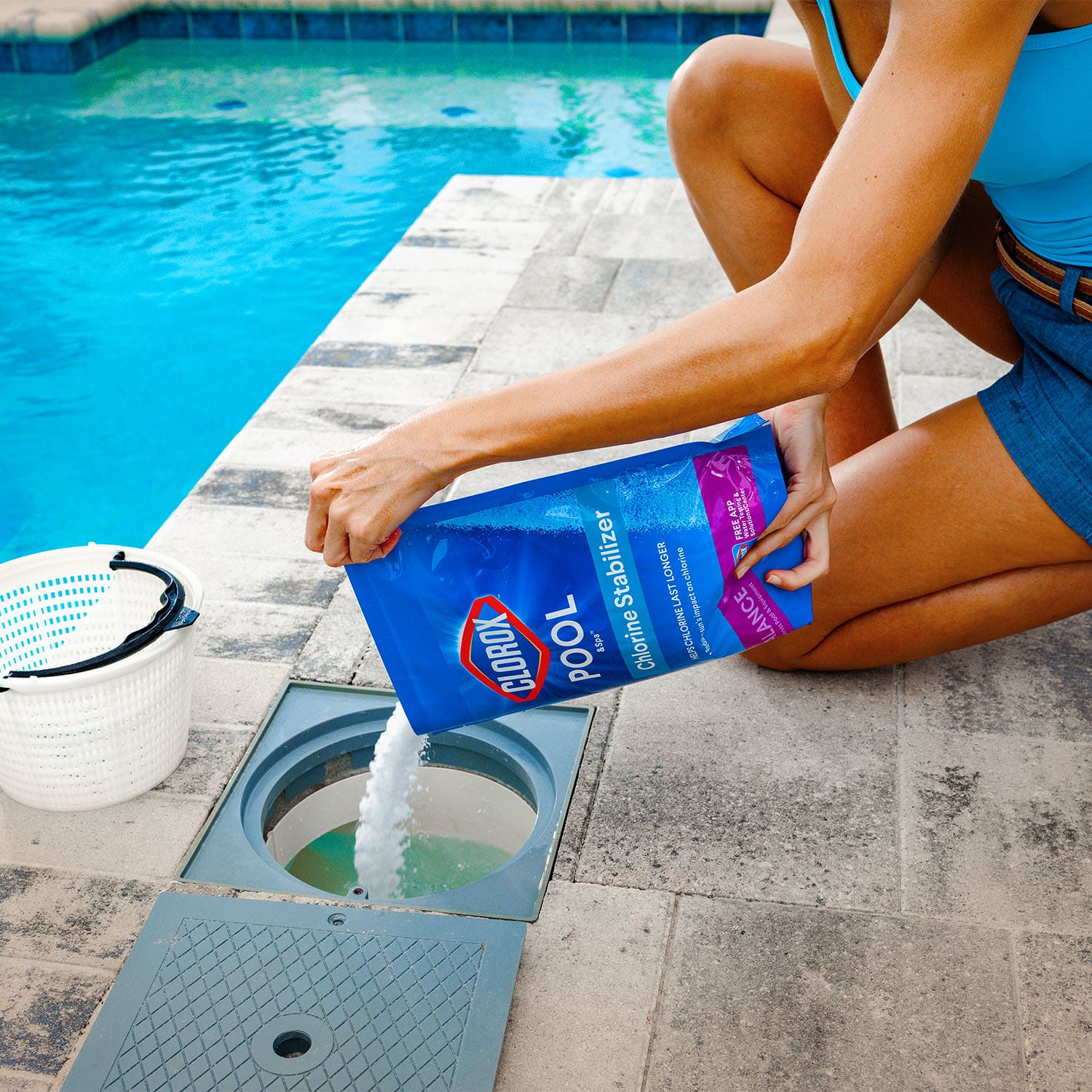
What Is Cyanuric Acid Cya Clorox Pool Spa
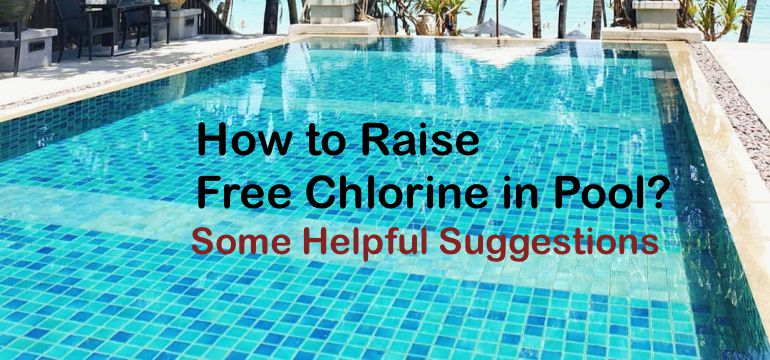
How To Raise Free Chlorine In Pool Some Helpful Suggestions

When To Use A Chlorine Free Shock Oxi Chlorine Free Shock Oxidizer Clorox Pool Spa Youtube

How To Read A Pool Test Strip Color Chart Clorox Pool Spa
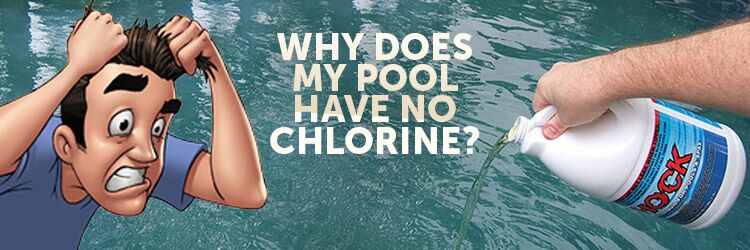
Why Does My Pool Have No Chlorine Reading After Adding Chlorine
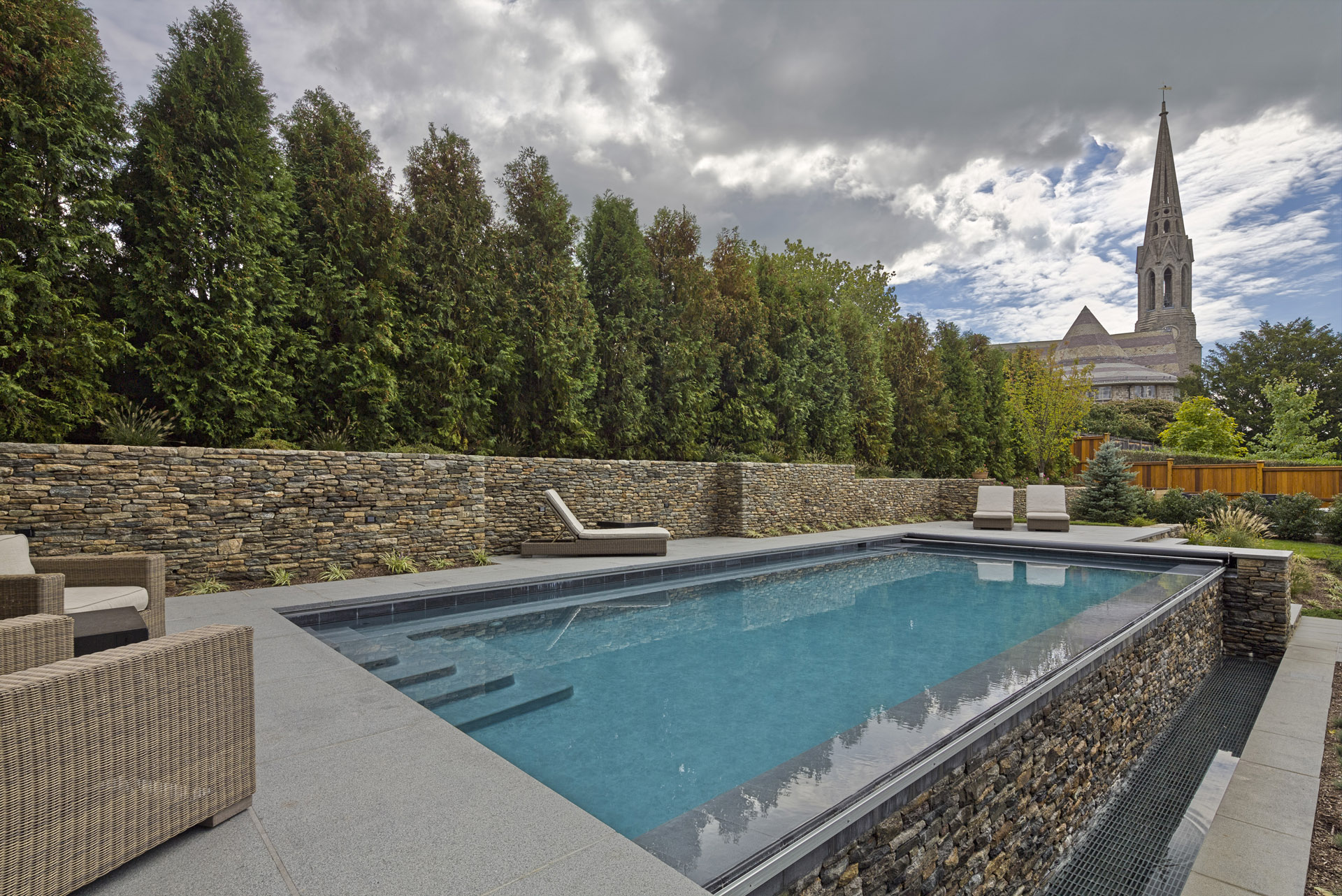
Free Chlorine Vs Combined Chlorine Shoreline Pools

A How To Guide 7 Tips To Lower Chlorine Levels In Your Pool
How Often Should I Shock My Pool In The Swim
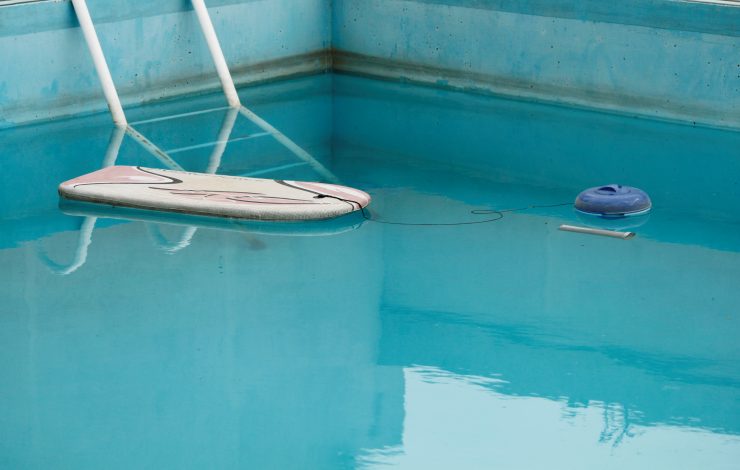
Can Too Much Chlorine Make Pool Water Cloudy
Fixing Free Chlorine Level Fcl Problems In Saltwater Swimming Pools Thesummerpools Com
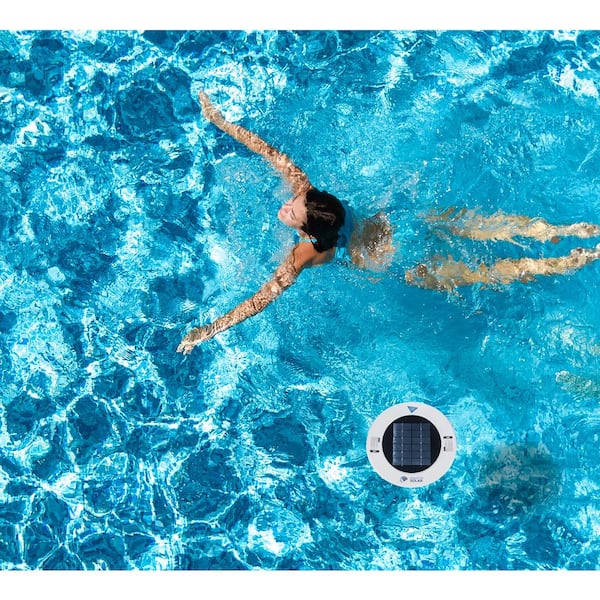
Sun Shock Chlorine Free Pool Ionizer And Purifier Rsi 1000

A How To Guide 7 Tips To Lower Chlorine Levels In Your Pool
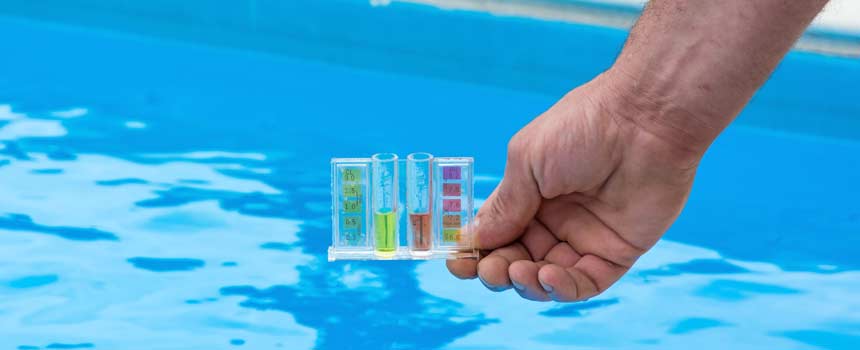
What Is Free Chlorine Combined Chlorine And Total Chlorine Pool Calculator
